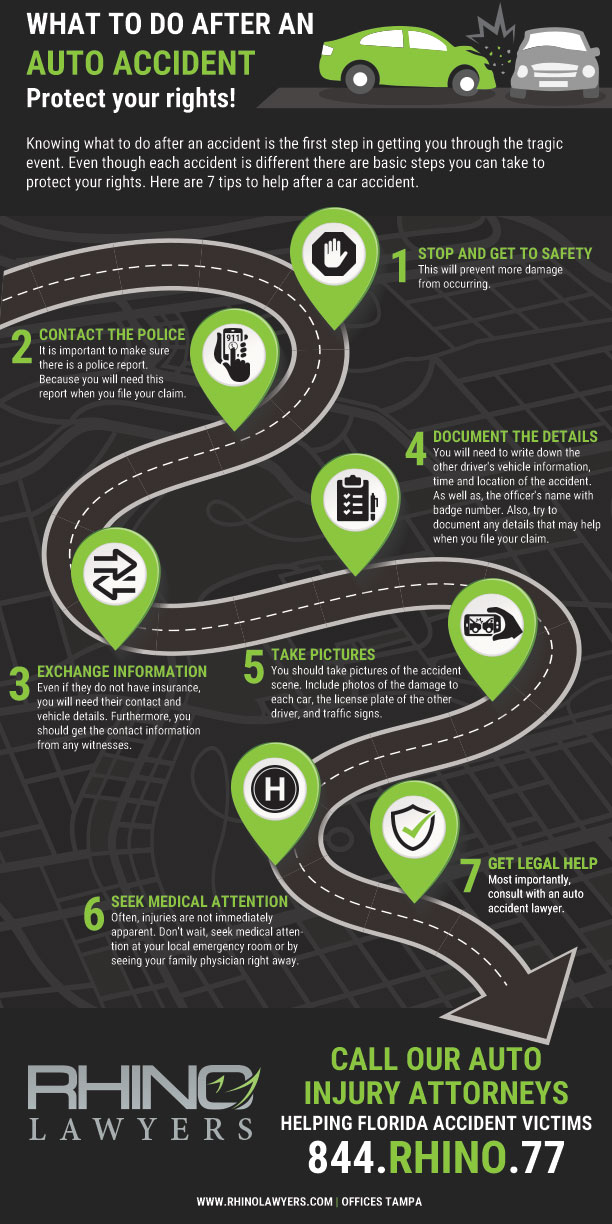When someone is in an auto accident, many times one person is completely at fault. In these cases, the fight is over how much money the injured person will receive. They base the compensation on the amount of their losses. Prior to comparative fault laws, the law required that the at-fault person pay 100 percent of the damages. However, if the injured person was partially to blame, (called contributorily negligent) then that person would get zero compensation.
Many felt this wasn’t fair. Since it’s not usually so black and white as to how much each person was at fault. Plus if a plaintiff (the person bringing the lawsuit) was even 1 percent at fault, they would get nothing. So what would be fair?
In the 1960s, the idea of dividing fault between the parties emerged. Today all but four states in the U.S., assign a percentage of fault in the accident to each party. As a result, each person pays their own percentage of fault for the plaintiff’s injuries. They call this comparative negligence or comparative fault.
Injured? Before reading further please note that you may contact us for a free consultation where we will provide legal advice. Below is simply legal information and one should not take it as advice. Also, many case settlements happen outside of court.
Types of Comparative Fault
There are two primary approaches to comparative fault. One is a pure comparative fault, and the other is a modified comparative fault. Tampa and the entire State of Florida uses a pure comparative fault system.
Pure Comparative Fault
In this system, the court will assign fault to each responsible person (ie: the drivers in an auto accident). Then each person is responsible for the plaintiff’s damages up to their percentage of fault. For example, if the court finds the plaintiff to be 20 percent at fault and the defendant 80 percent at fault, then each would pay that percentage of the plaintiff’s damages. If the damages were $100,000, then the plaintiff would get 80 percent of the damages or $80,000.
Modified Comparative Fault
In these states, they assign fault to each party. However, if a plaintiff brings a lawsuit against a defendant, and the jury finds that the plaintiff is more than 50 percent at fault, then he or she may not recover anything. It works like this: Let’s say there is $100k in damages, and one driver believes the other is more at fault than the other. If this driver sues, then he or she is the plaintiff and the other is the defendant.
If the jury finds that the plaintiff was 55 percent at fault, then the plaintiff would lose the lawsuit and collect nothing.
It Gets Complicated
In most accidents, both drivers sustain damage, and in many of these, both have medical injuries. So what if driver A is somewhat at fault but driver B is mostly at fault and A sues B for damages? Then the court will assign blame and the plaintiff will recover his or her assigned percentage. For example, if the plaintiff has $100,000 property and medical damages, and the defendant is 60 percent at fault, then the plaintiff would get $60,000. Sounds simple right? But what about the defendant’s damages? What if the defendant sustained $20,000 damages in car repairs and medical injuries? Does the defendant get any “credit” for those damages?
Unless the defendant countersues, then the answer is no. In a lawsuit, the court can only look at the claims for damages made by the plaintiff, and if the defendant wants the court to consider his or her property damages and medical bills, then the defendant will have to countersue. If that happens, it gets complicated.
In simple form, the court will look at each case—the claim and the counterclaim—and then award each person an amount to pay the other. Thus if the court awards the plaintiff in the original lawsuit $60,000 (60% of $100,000) and then in the defendant’s counterclaim, it awards the defendant $8,000 (40% of $20,000) then the defendant would get an $8,000 credit because the plaintiff was 40 percent responsible for the defendant’s injuries.
It must also be considered that Florida is a “no fault” insurance state meaning that each person must have a $10,000 policy for medical bills and lost wages. This means they pay all medical bills and lost wages up to $10,000 from the injured person’s own policy regardless of who is at fault. There are exceptions so you should learn what those are before you settle with any insurance company.
Contact a Tampa Auto Injury Lawyer
This might sound a bit complicated, so the best thing to do if you are injured is to get an attorney to help you. Even if you don’t hire the attorney, it would be wise to at least consult with one to let you know what you’re up against. It may turn out to be a simple, straight forward case, but be aware that any personal injury case in Florida can be complicated. Call the Tampa Auto Accident Attorneys at 844 RHINO-77 or 844 879 3213 to talk to our personal injury team who can advise you on Florida’s personal injury laws.










